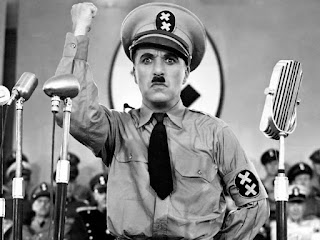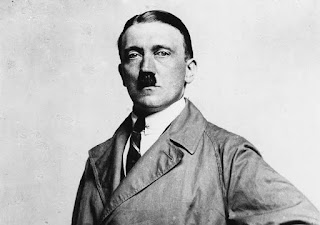A Model Student:-
Having completed his B.Sc from St. Joseph's college, Tiruchi, he joined the Madras Institute of Technology (MIT), for
pursuing studies in aeronautica
engineering. He found Aeronautics
fascinating subject which held the promise of freedom. It had always been his dream to fly. His last year at MIT was a year of transition which left a deep impact on his later life. He had to reconcile his religious beliefs with his scientific temper as he wondered whether matter alone was the ultimate reality. His most touching memory at MIT concerned Professor Sponder, one of his teachers. While posing for a group photograph as part of a farewell ritual, Sponder called Kalam to his side and asked him to sit with him. Kalam was moved by this gesture which singled him out from the other graduating students.
Sponder also gave him high praise when he observed that Kalam was his best student After MIT, he went to Hindustan Aeronautics Limited (HAL) at Bangalore as a trainee. As aeronautical engineer, two options were available to him. One was to join the Directorate of Technical Development and Production, or DTD & P (Air) of the Ministry of Defence. Or he could join the Indian Air Force. He was called for an interview at both places.
Finding Employment
He missed selection to the Air Force by the proverbial whisker. He stood ninth in the batch of 25 but only eight bfticers were selected to be commissioned. Disheartened by his failure to make it, he went to Rishikesh. There he met Swami Sivananda. On hearing of the reason behind Kalam's sorrow, the Swami advised him to surrender to God's will. He consoled Kalam saying that his destiny was not to become an Air Force pilot and assured him that he would eventually discover his true
destiny. After returning to Delhi, Kalam joined the Technical Centre (Civil Aviation) of the DTD&P (Air) as Senior Scientific Assistant on a basic salary of Rs. 250/per month.
During his first year there, he won praise for carrying out a design assignment on supersonic target aircraft. Then he was sent to Kanpur to get exposure to aircraft maintenance. It was his first experience -of living in an industrial town. He found it hard to get used to the crowds, the smoke and the noise. With humour, he writes that he was “particularly troubled by the ubiquitous presence of potatoes on the dining table, right from breakfast to dinner.” When he returned to Delhi, he designed a vertical take off and landing platform and Hot Cockpit. Three years later, he was posted at the newly formed
Aeronautical Development Establishment (ADE) in Bangalore, where he headed a team to develop a prototype hovercraft. Kalam was at the controls when Defence Minister, Krishna Menon rode in India's first indigenous hovercraft. Unfortunately, the project became mired in controversy and it was shelved. .Kalam was very disappointed and it led him to think that one could only go so far even if one wanted to reach for the sky. During this period of dejection, Dr. Mediratta, Director of the Aeronautical Development Establishment, asked him to organize a demonstration for an important visitor. It was none other than Prof. MGK; Menon, Director of the Tata Institute of Fundamental Research (TIFR).
Menon asked him several questions about the machine after which Kalam took him for a short ride in the hovercraft. A week later, he received a call from the Indian
Aeronautical Development Establishment (ADE) in Bangalore, where he headed a team to develop a prototype hovercraft. Kalam was at the controls when Defence Minister, Krishna Menon rode in India's first indigenous hovercraft. Unfortunately, the project became mired in controversy and it was shelved. .
Kalam was very disappointed and it led him to think that one could only go so far even if one wanted to reach for the sky. During this period of dejection, Dr. Mediratta, Director of the Aeronautical Development Establishment, asked him to organize a demonstration for an important visitor. It was none other than Prof. MGK; Menon, Director of the Tata Institute of Fundamental Research (TIFR).
Kalam was very disappointed and it led him to think that one could only go so far even if one wanted to reach for the sky. During this period of dejection, Dr. Mediratta, Director of the Aeronautical Development Establishment, asked him to organize a demonstration for an important visitor. It was none other than Prof. MGK; Menon, Director of the Tata Institute of Fundamental Research (TIFR).
Menon asked him several questions about the machine after which Kalam took him for a short ride in the hovercraft. A week later, he received a call from the Indian
Committee for Space Research (INCOSPAR) to attend an interview for the post of Rocket Engineer. He went to Bombay and was interviewed by Dr. Vikram Sarabhai, Prof. MGK. Menon and Mr. Saraf, Deputy Secretary of the Atomic Energy Commission. He was selected and
in 1962, he joined India's nascent space program.











